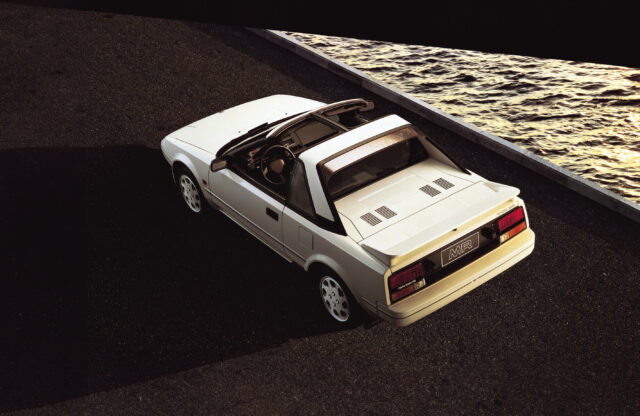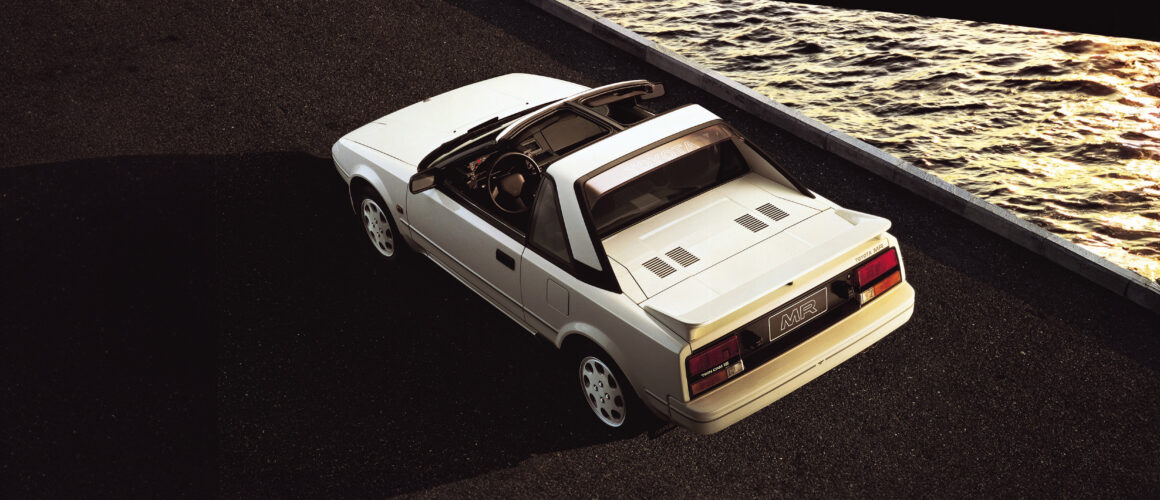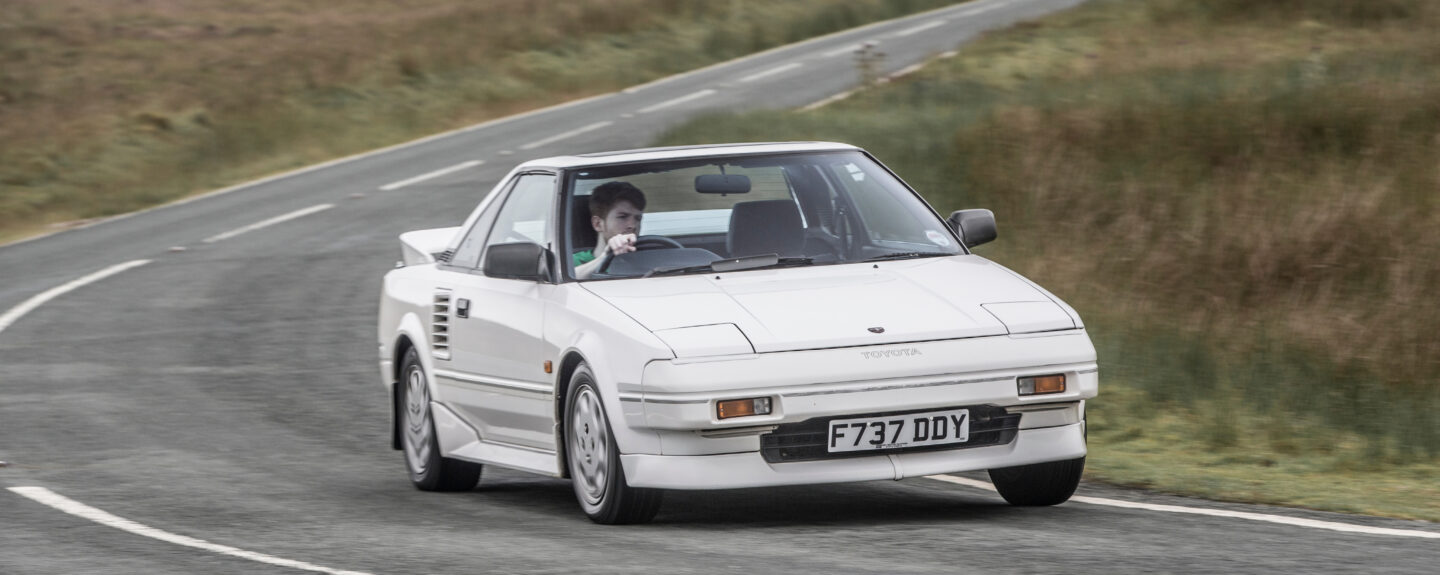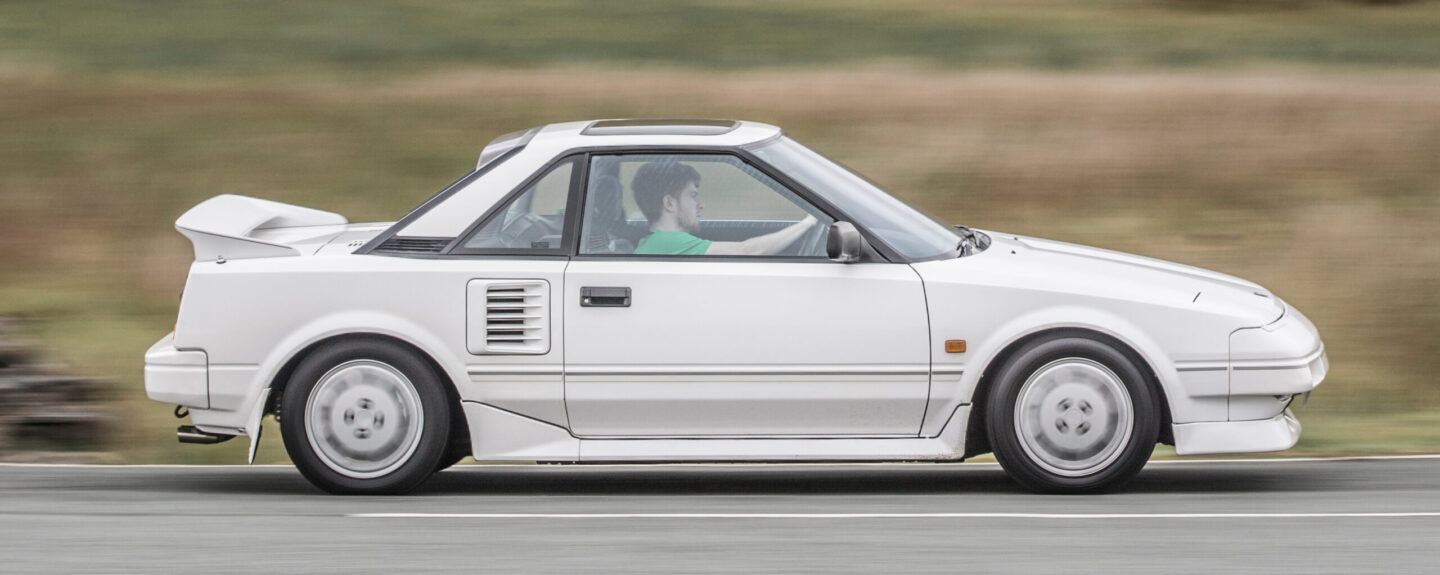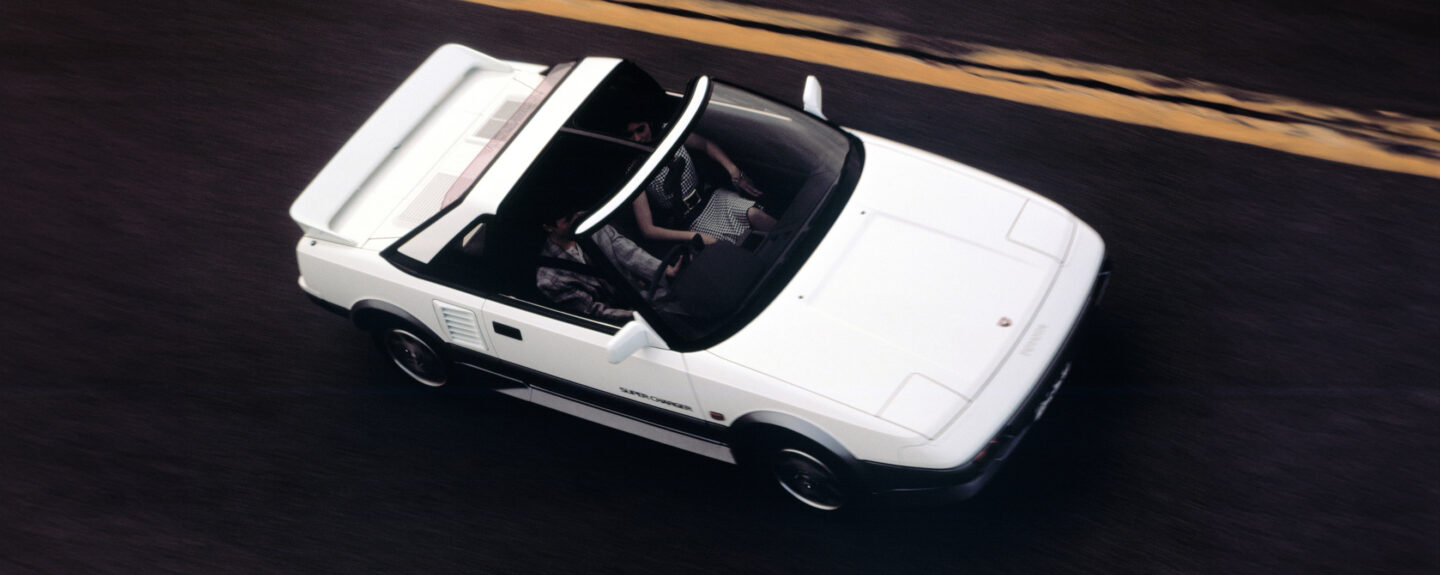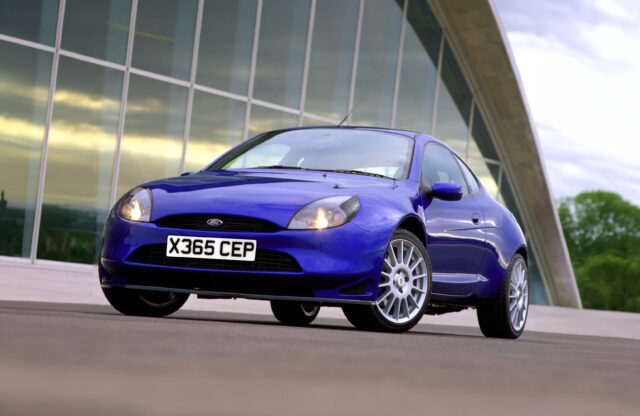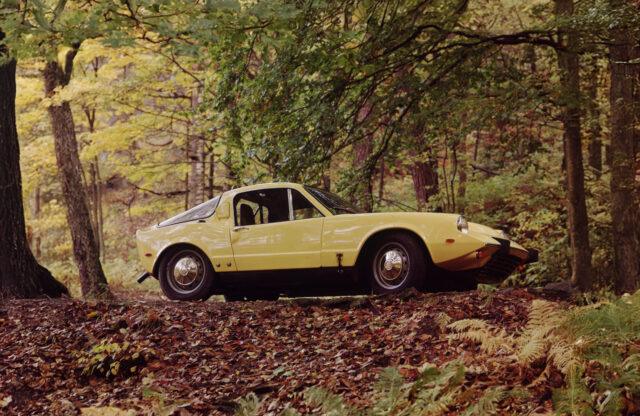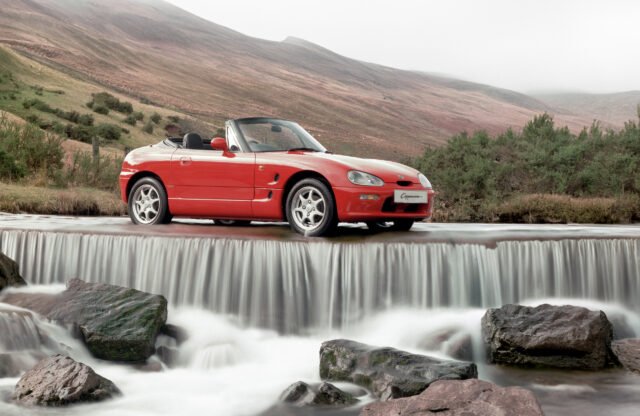The list of affordable mid-engined sports cars has always been disappointingly sparse, but arguably Toyota has had the best stab at democratising the layout that is usually reserved for exotic machinery. Over three generations the Toyota MR2 has offered a sporty, practical package that appealed to casual sports car drivers and die-hard enthusiasts alike, and the Mk1 version has long been considered one of the company’s greatest hits.
As the oldest Mk1s are now 40 years old, with the youngest well north of 30, the MR2 isn’t mechanically infallible, but they are still pretty dependable. Rust was the main killer and, while there are still a few badly repaired cars out there, rising values and a strong enthusiast base have ensured the survival of the many good examples. Buy a tidy one, and enjoy one of the best small, lightweight mid-engined sports cars ever built.
Toyota MR2 mk1 history
Launched in 1984, the MR2 – Midship Runabout Two-seater – was actually a result of the early-1970s fuel crisis. Manufacturers were spurred on to develop small, lightweight and efficient cars, but some Toyota engineers saw the potential for fun at the same time. The result was the mid-engined SA-X concept, complete with a transverse-mounted four-cylinder engine and wedgy styling. As the crisis deepened the project was put on ice, but towards the end of the decade it re-appeared, and by 1981 it was being evaluated by Dan Gurney at Willow Springs.
Showing up at the 1983 Tokyo motor show as the suitably updated SV-3, it became the first mass- produced mid-engined car to come from Japan when launched to the public as the MR2 the following year. The compact 1.6-litre 4A-GE engine fit neatly behind the cabin, boasting a twin-cam 16-valve cylinder head and electronic fuel injection. Hooked up to a five-speed manual, it was an impressive, high-revving package, developing 122bhp in UK spec.
Suspension was by MacPherson strut on each corner, with disc brakes to match. Although Toyota had a close relationship with Lotus around this time, there’s very little evidence that Hethel had anything to do with the development and final set-up of the suspension. Drive one, and you would be forgiven for thinking that it had. Weighing in at 977kg, with a slight rearward weight bias, the MR2 handled a treat, offering balance, poise and surprising comfort.
While the UK got the best all-round version with the 1.6-litre engine (with standard sunroof), Japan also got a lower-powered 83bhp 1.5-litre. A T-bar option was offered from 1986, when the car was also facelifted – receiving a longer, deeper front bumper, updated tail-lights and slightly revised suspension.
Japan kept the most special version for itself, the 144bhp MR2 Supercharged. Its healthy rise in power and torque turned the MR2 into a bit of a handful. This and the high-spec G-Limited represent the two best options if you want an imported car.
By 1990 the Mk1 was dead, replaced by the much bigger, heavier Mk2, and in 1999 the Mk3 MR2 Roadster – a full convertible – returned to the lightweight ethos of the original. Deemed a brilliant drivers’ car, this entertaining model went off sale in 2007. The MR2 name died with it.
Toyota MR2 Mk1 Common problems
• Corrosion is the big killer. Check the rear wheelarches first, then everything else: the front valance on early cars, bulkheads, A- and B-pillars, boot floor and floorpan.
• T-top and sunroof models are prone to leaks, so inspect the interior for signs of damp and the condition of the seals.
• Engines are excellent, but watch out for excessive oil burning and leaks. Ensure the cooling system is in good health with red Toyota coolant.
• Check that all gears engage, paying particular attention to fifth gear. If it pops out, it’ll need a rebuild.
What to pay?
Prices for the best are strong, with £15,000 not out of the question for a perfect example. However, there are plenty of great cars for between £4000 and £8000. Projects and rougher examples can be readily picked up for £1000-2500. Condition really is key, although the Supercharged version is sought after by enthusiasts, so expect to pay around 20% more for one.
